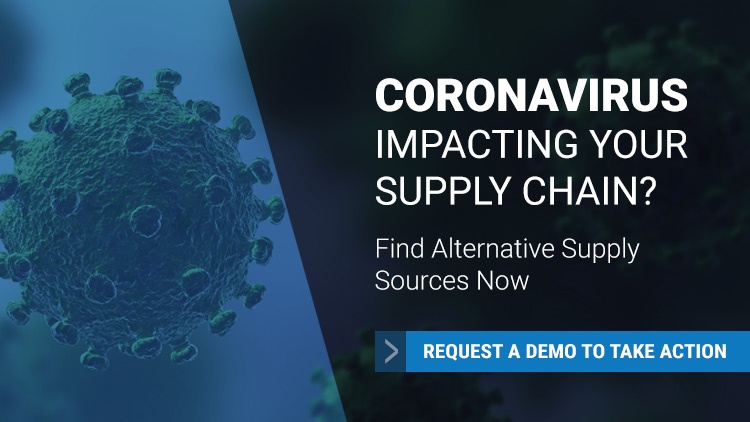Industry watches for risks that make adulteration attractive
Here’s a top 10 list you don’t want to see your product category make: last year’s top counterfeit merchandise seizures by Customs & Border Protection.
In the just released CBP statistical report on seizures in FY2011, counterfeit consumer electronics tops the list of seizures ranked by domestic value (that is, the cost of getting the merchandise to the importer’s premises).
In the separate category of counterfeits that pose a threat to consumer safety and critical technology, pharmaceuticals takes the lead. According to CBP, the domestic value of counterfeit pharmaceutical seizures in 2011 rose by more than $11 million, an increase of almost 200%.
While China remains the top source for counterfeits, India and Pakistan have the dubious distinction of breaking into the top 10 in 2011 – both on the strength of their counterfeit pharmaceuticals.
Unfortunately, counterfeiting is not the only the threat to the integrity of pharmaceutical supplies. Adulterated ingredients can be introduced into the production line – as cheaper starting materials were used to produce contaminated heparin in China four years ago. Shipments can be stolen or diverted to unintended markets – and their quality compromised as they are handled under substandard conditions and delivered past expiration.
Opportunities for illicit trade have grown along with the pharmaceutical industry’s cross-border supply chains. The counterfeiters from China and India take advantage of the large volumes of legitimate product the US imports from those countries. According to the Food and Drug Administration, some 40% of the drugs Americans take are imported and about 80% of the active ingredients in the drugs on the American market come from overseas.
For the FDA, the solution is not just more inspections of inbound shipments, but better targeting of inspections. The agency developed risk models to identify drugs and ingredients most likely to be adulterated for profit.
If, for instance, there is a sudden surge in demand, or a price spike in a drug ingredient – and there’s a cheaper alternative that can mimic the genuine article’s chemical activity (think melamine and cyanuric acid standing in for wheat gluten), the FDA steps up testing and sampling of that ingredient at the border.
Monitoring the market for risk factors is also behind the alerts issued by Rx-360, the international consortium launched by the industry in 2009 as a cooperative effort to improve quality and authenticity the length of the supply chain.
An Rx-360 Alert for L-arginine was issued February 2. Used in nutraceuticals, animal feed, and foods & beverages, the ingredient is also called for in formulations of toothpaste for sensitive teeth, a new application driving up demand. Rx-360 recommends that buyers take steps to assure uninterrupted supply and product integrity.
Datamyne’s trade data offers a tool for both monitoring demand and identifying active sources of supply. For example, a search of our bill-of-lading data for US imports of L-arginine found shipments in 2012 (through February 13) from seven suppliers:
- Shine Star (Hubei) Biological Engine
- Suzhou Vitajoy Bio Tech
- Daesang Corp.
- Shanghai Industrial Products
- Nanjing Sky Land Business & Industrial Co.
- China Du Hope International Group
- Wuhan Amino International
To learn more about what our data can reveal about trade in pharmaceuticals and other chemicals, contact us.





